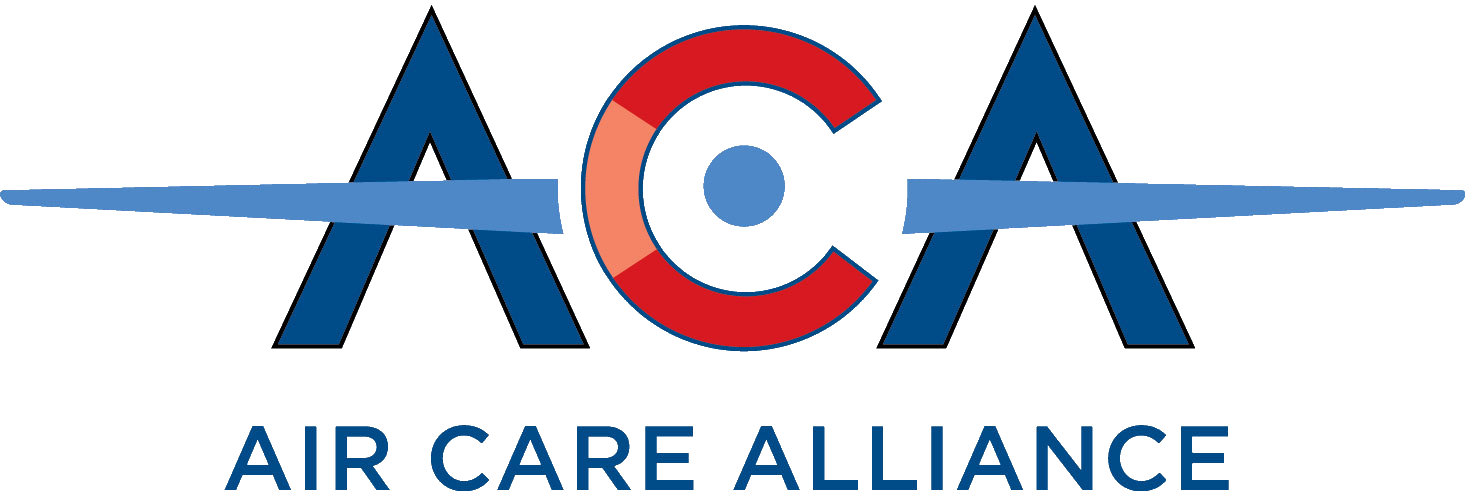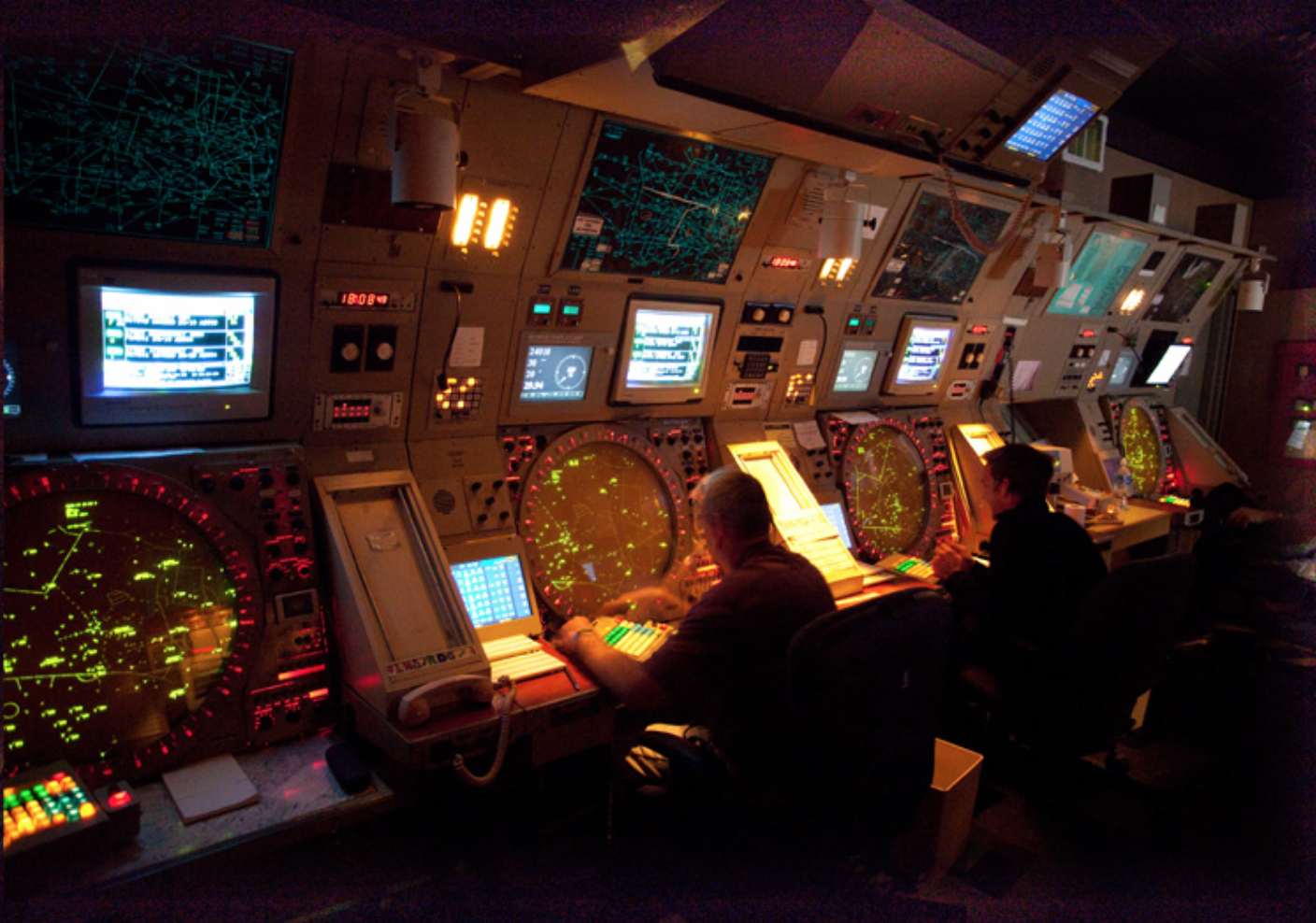Many volunteer pilots use special call signs on their volunteer flights. Whether you use the “Compassion” call sign (CMF) , “Angel Flight” (NGF), “Aerobridge” (BGE), “Pals Hope” (PLZ), or any other call sign that is not the aircraft’s registration number, you must be careful to avoid “Callsign Mismatch” (CSMM).
CSMM is a problem for airliners, as well as for GA. The FAA estimates there are approximately 75 CSMM’s per day for GA aircraft. Numerous mismatches across public benefit flying call signs have been noted.
Below is some basic information about what Call Sign Mismatch is and how you can avoid it.
What is Call Sign Mismatch?
A Call Sign Mismatch occurs whenever the Flight ID transmitted by the ADS-B out transceiver (usually the aircraft’s registration or “N Number”) does not exactly match the aircraft ID that is filed in a flight plan.
Why is it Important?
- ADS-B In functions require positive identification of participating aircraft
- CSMM alerts cause a distraction for ATC
- It is a regulatory requirement – see 14 CFR 91.227(d)(8)
How does CSMM Occur?
There are a few common ways a CSMM might occur. For volunteer pilots, the biggest source of CSMM is when a pilot is using a unique call sign (such as Compassion, Angel Flight, etc.) and they forget to reprogram the ADS-B after the public benefit flight was complete or programmed it incorrectly. It has also been reported that some pilots appear to be using a call sign–either in radio transmissions, in their filed flight plans, or both–without programming their ADS-B out unit to match.
Remember: what is broadcasted needs to exactly match what you file in your flight plan.
Some other reasons a CSMM might occur:
- The Flight ID field of the ADS-B is programmed incorrectly during installation or inadvertently changed by the pilot
- Maintenance events where the battery is disconnected may cause the flight ID field to reset
Best Practices for Avoiding Call Sign Mismatch
- Make sure the Flight ID used on a flight plan exactly matches the Flight ID transmitted by the ADS-B. (Your ADS-B out equipment needs to allow the pilot to edit the Flight ID field before using a call sign.)
- For example: If you put CMF2000 as the Flight ID on the flight plan, CMF2000 must be transmitted by the ADS-B. Alternatively, N1234 on the flight plan means N1234 transmitted by the ADS-B.
- If using a call sign on a public benefit flight, be sure to reset the Flight ID after the mission is complete. ACA recommends adding “ensure proper Flight ID” to your before take-off checklist.
- If the aircraft you fly is flown by other pilots (such as a rental or club plane), make sure you are checking that the proper Flight ID is set before each flight.
- If you do not file a flight plan, but request flight following, the voice call must also match.
- For example, if you identify yourself over the radio as “Cessna 1234”, your ADS-B should be transmitting N1234. If you identify yourself as “COMPASSION 1234”, then CMF1234 should be transmitted by the ADS-B. Do not use the call sign telephony (i.e. “Compassion”, “Angel Flight”, etc.) without also using the the three letter identifier (CMF, NGF, etc.) in your Flight ID.
- The FAA recommends that you initially verify that your flight ID is set correctly by obtaining a free Public ADS-B Performance Report (PAPR) and also request one each year prior to your annual inspection.
Additional information:
Pilot ADS-B Error Declines – Room To Improve Remains
ADS-B Call Sign Mismatch – FAA Summer Safety Series Webinar

